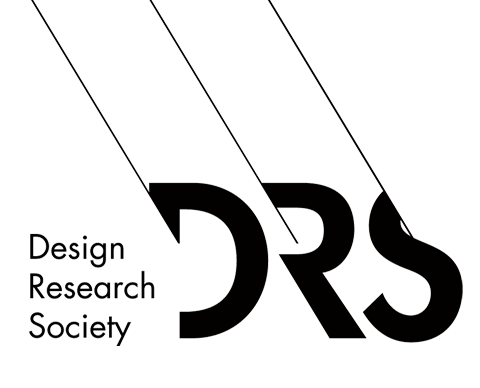Abstract
The goal of this study is to discuss the roles and responsibilities of designers in the process of envisioning and promoting change in people’s every day lives. According to Heskett (2002), “design is one of the basic characteristics of what it is to be human, and an essential determinant of the quality of human life. It affects everyone in every detail of every aspect of what they do throughout each day. As such, it matters profoundly. Very few aspects of the material environment are incapable of improvement in some significant way by greater attention being paid to their design.” This discussion is also highlighted by the ideas of Herbert Simon (1996), who describes design as a human capacity to envision and promote change. According to Simon, design is concerned with how things ought to be, and developing tools with which to attain goals. This involves specific cognitive and technical capabilities necessary to move from an existing situation to a desired new situation. This paper presents two case studies to illustrate Simon’s definition about design, and to provide examples to reinforce Heskett’s discussion about designers’ importance in contemporary and emerging circumstances. It investigates these cases as a way to illustrate who is designing what for whom, and the implications of this process (of promoting change) in people’s every day lives.
Citation
Teixeira, C. (2004) Design as Change Agent., in Redmond, J., Durling, D. and de Bono, A (eds.), Futureground - DRS International Conference 2004, 17-21 November, Melbourne, Australia. https://dl.designresearchsociety.org/drs-conference-papers/drs2004/researchpapers/118
Design as Change Agent.
The goal of this study is to discuss the roles and responsibilities of designers in the process of envisioning and promoting change in people’s every day lives. According to Heskett (2002), “design is one of the basic characteristics of what it is to be human, and an essential determinant of the quality of human life. It affects everyone in every detail of every aspect of what they do throughout each day. As such, it matters profoundly. Very few aspects of the material environment are incapable of improvement in some significant way by greater attention being paid to their design.” This discussion is also highlighted by the ideas of Herbert Simon (1996), who describes design as a human capacity to envision and promote change. According to Simon, design is concerned with how things ought to be, and developing tools with which to attain goals. This involves specific cognitive and technical capabilities necessary to move from an existing situation to a desired new situation. This paper presents two case studies to illustrate Simon’s definition about design, and to provide examples to reinforce Heskett’s discussion about designers’ importance in contemporary and emerging circumstances. It investigates these cases as a way to illustrate who is designing what for whom, and the implications of this process (of promoting change) in people’s every day lives.

